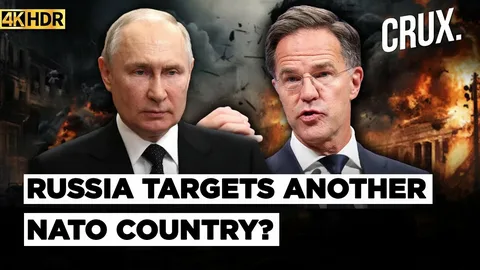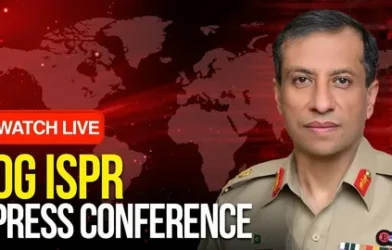Introduction
Tensions in Eastern Europe often surface in the form of military exercises, territorial disputes, and incidents that test the boundaries of international law. One such event that has drawn global attention is the violation of Estonian airspace by Russian jets. As a NATO member located on Russia’s doorstep, Estonia is particularly sensitive to these kinds of provocations. The incident not only raises security concerns but also reflects the broader geopolitical struggle between Russia and Western alliances.
What Happened
Estonia has reported multiple instances in which Russian military aircraft have crossed into its airspace without permission. These incursions are typically brief but significant, as they violate international norms and the sovereignty of a nation-state. In most cases, NATO jets are scrambled to escort the Russian aircraft away, reinforcing the alliance’s commitment to protecting the borders of its member states.
The violation is more than a simple navigation error. Many experts believe such maneuvers are deliberate, serving as a way for Russia to test NATO’s response times, send political signals, and project its military presence in the Baltic region.
Why Estonia is Vulnerable
Estonia’s location makes it strategically important and also vulnerable to external pressure. Sharing a border with Russia, the country has a history of strained relations with its eastern neighbor. Since joining NATO in 2004, Estonia has become a frontline state for the alliance, with security heavily dependent on the collective defense guarantees of Article 5.
The Baltic Sea airspace is particularly busy, with military aircraft from Russia, NATO, and other nations often operating in close proximity. This increases the risk of misunderstandings or accidents, which could escalate into larger confrontations if not carefully managed.
NATO’s Response
Every violation of Estonian airspace by Russian jets is taken seriously by NATO. The alliance has a system of air policing in place, with member countries rotating responsibility for patrolling the skies over the Baltic states. When Russian aircraft enter without authorization, NATO jets are quickly deployed to intercept them.
These interceptions serve as a reminder that the alliance is committed to defending its members. At the same time, NATO leaders often issue strong statements condemning the violations and calling for respect of international boundaries. The response is designed to be firm but measured, aiming to deter further incidents without escalating the situation unnecessarily.
Russia’s Perspective
From Moscow’s viewpoint, such flights are often described as routine military operations or training exercises. Russian officials frequently deny intentional violations, suggesting that any incursions are accidental. However, the repeated nature of these events leads many analysts to conclude that they are part of a broader strategy to demonstrate power and challenge NATO’s presence in Eastern Europe.
For Russia, maintaining pressure on NATO’s eastern flank serves multiple purposes. It reminds neighboring countries of Moscow’s military capabilities, tests the readiness of Western forces, and reinforces Russia’s claim to regional influence.
Regional and Global Implications
The violation of Estonian airspace by Russian jets has implications that go far beyond a single incident. For Estonia and its Baltic neighbors, it is a reminder of their vulnerability and the importance of NATO’s security guarantees. For NATO as a whole, it is a test of unity and readiness.
Globally, these events contribute to rising tensions between Russia and Western powers. They come amid broader disputes over Ukraine, energy security, and military deployments in Europe. Each violation adds to the growing sense of mistrust and instability, complicating diplomatic efforts to reduce tensions.
The Risk of Escalation
One of the greatest concerns about airspace violations is the risk of escalation. Military aircraft operating close to one another increases the chance of accidents, miscommunication, or unintended conflict. A single mistake could lead to an international crisis, especially in a region where historical tensions are already high.
This is why both NATO and Russia stress the importance of communication and adherence to international aviation standards. While both sides wish to avoid direct conflict, the ongoing incidents show how fragile the situation can be.
Conclusion
The violation of Estonian airspace by Russian jets is not an isolated event but part of a larger pattern of military and political maneuvering in Eastern Europe. For Estonia, it highlights the importance of its NATO membership and the alliance’s commitment to collective defense. For NATO, it is a reminder of the need for vigilance and unity. For Russia, it is a way to project strength and challenge Western influence.
As long as geopolitical tensions remain high, such incidents are likely to continue. The challenge for all parties is to manage them responsibly, avoiding escalation while addressing the underlying disputes that fuel these confrontations.












Comments are closed